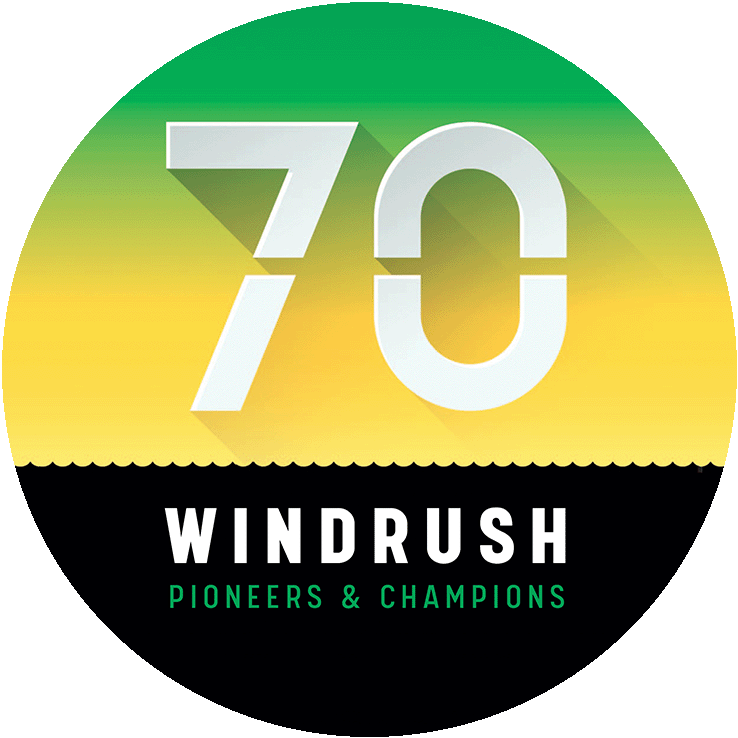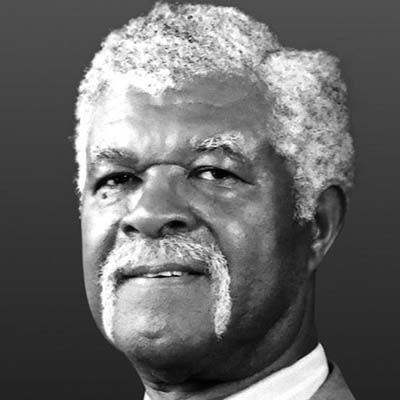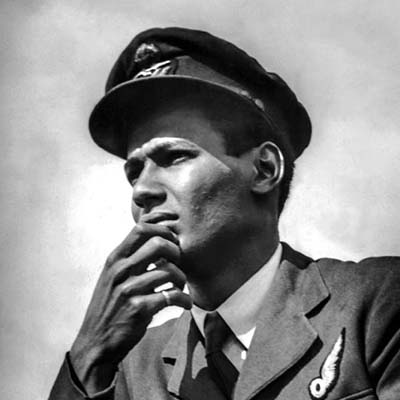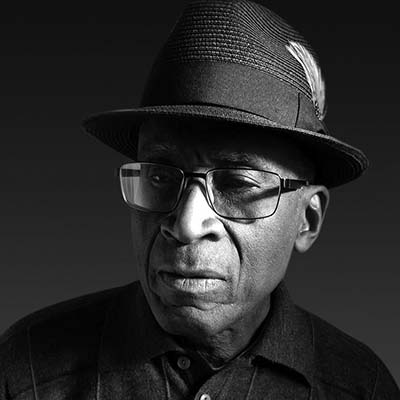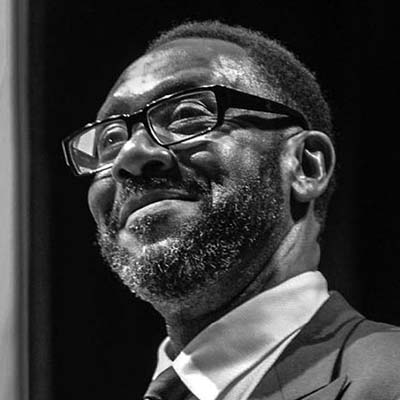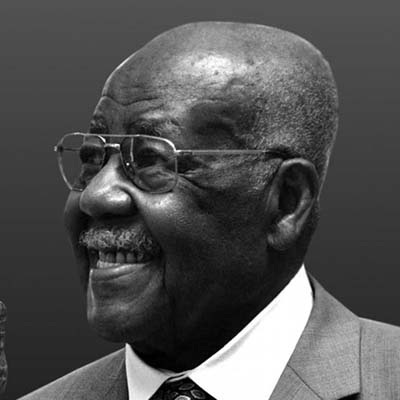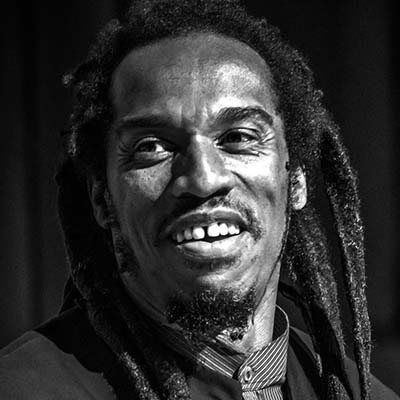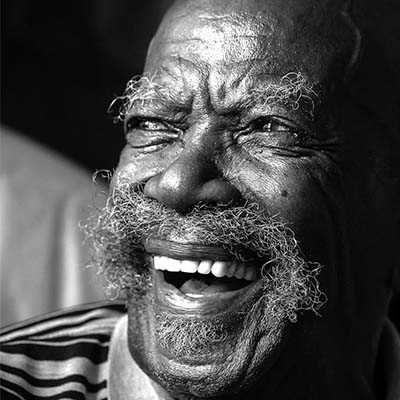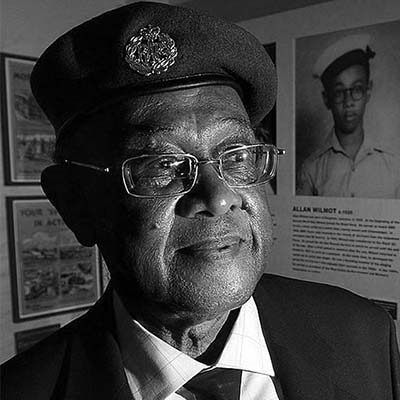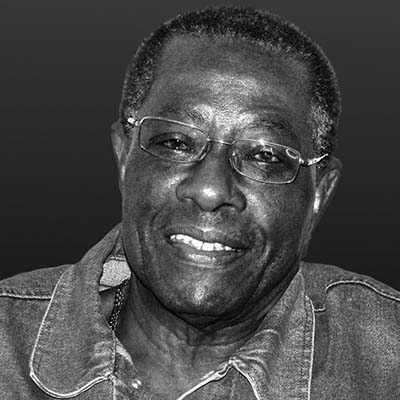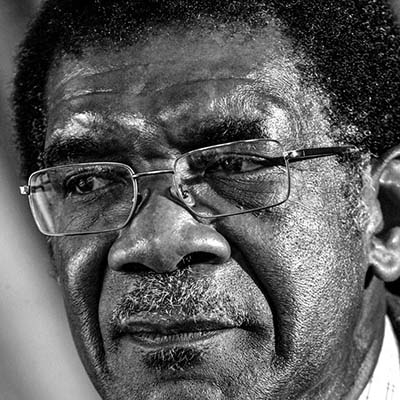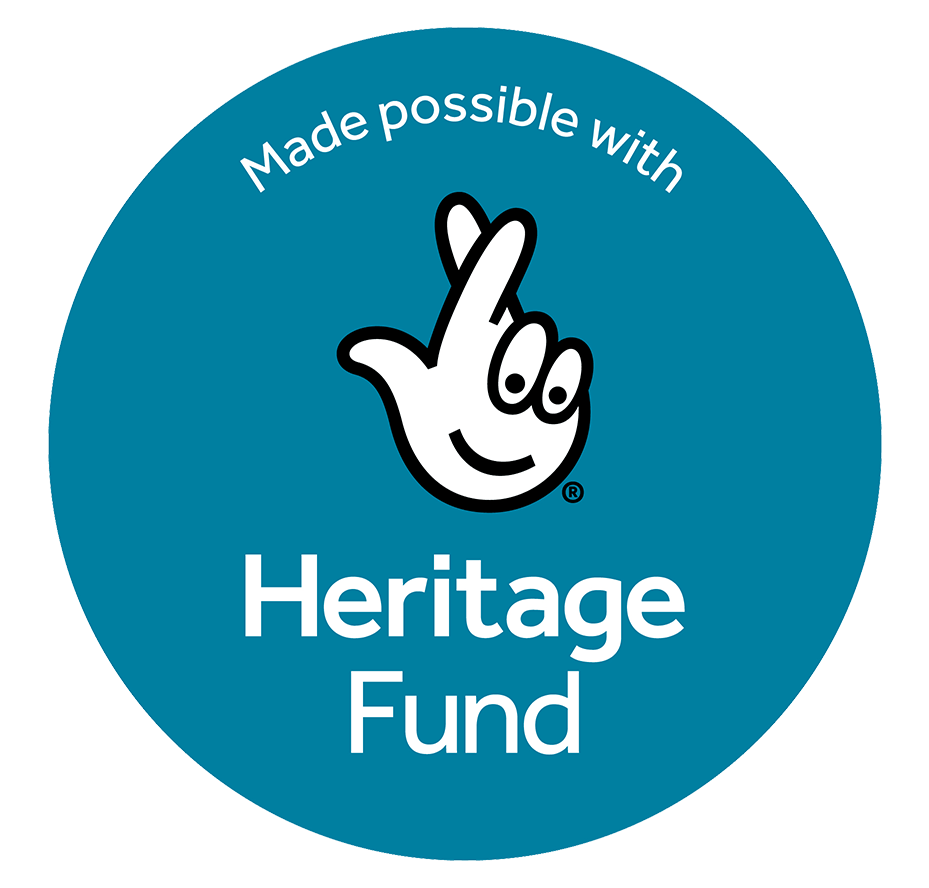LAURIE PHILLPOTTS

Laurie Phillpotts was a RAF veteran who made a major contribution to the lives of newly arrived migrants and worked hard to ensure that those who’d served the country during the war were properly remembered
1922-2016
Share this:
Stationed initially at a Coastal Command airfield in Norfolk where he trained as a teleprinter operator, he subsequently spent two years at No 16 (Polish) Flying Training School near Nottingham.
In the spring of 1945 he married his local sweet heart, Marion Hart, who served in the Women’s Auxiliary Air Force. They went on to have two children. After being demobbed in 1947, Laurie remained in England and continued his education at Leeds College of Technology before joining a commercial printing firm in Nottingham as a Linotype operator.
When the MV Empire Windrush arrived, he realised he was in a position to help out. He set to work assisting the new arrivals, helping them to obtain housing, further education and employment.
He also set up the Nottingham Consultative Committee for the Welfare of Coloured People, which lobbied for black people to be employed on the city’s transport system.
Moving to London, he joined Mirror newspapers as a compositor. His printing expertise and community activism led him to publish the weekly paper, Colonial News, in 1956, to provide information about life in the Caribbean and Britain.
Another notable achievement was the West Indian Ex-Services Association (now the West Indian Association of Service Personnel), which he helped set up with other RAF veterans. He remained its public relations chief until 1995.
To the same end, he was a committee member of the Memorial Gate Trust, which was unveiled by The Queen in 2002 at Hyde Park Corner in London to commemorate the armed forces of the British Empire who’d served in both world wars. He was still not done, and incredibly, as a pioneer of the Mary Seacole Memorial Association, he campaigned for a statue to be erected in honour of the Jamaican-born Crimea nurse in the grounds of St Thomas’ Hospital. This was unveiled not long after his death in 2016 aged 93.
Check out more of our Pioneers and Champions
Privacy Policy | Registered charity number: 1159291 | Copyright © 2024 Windrush 70 | Design: ATOMIC CONCEPTS
